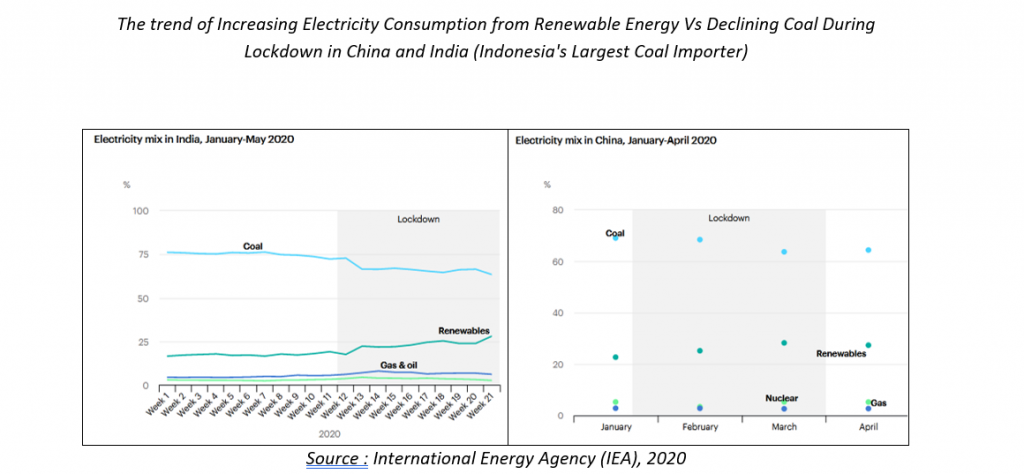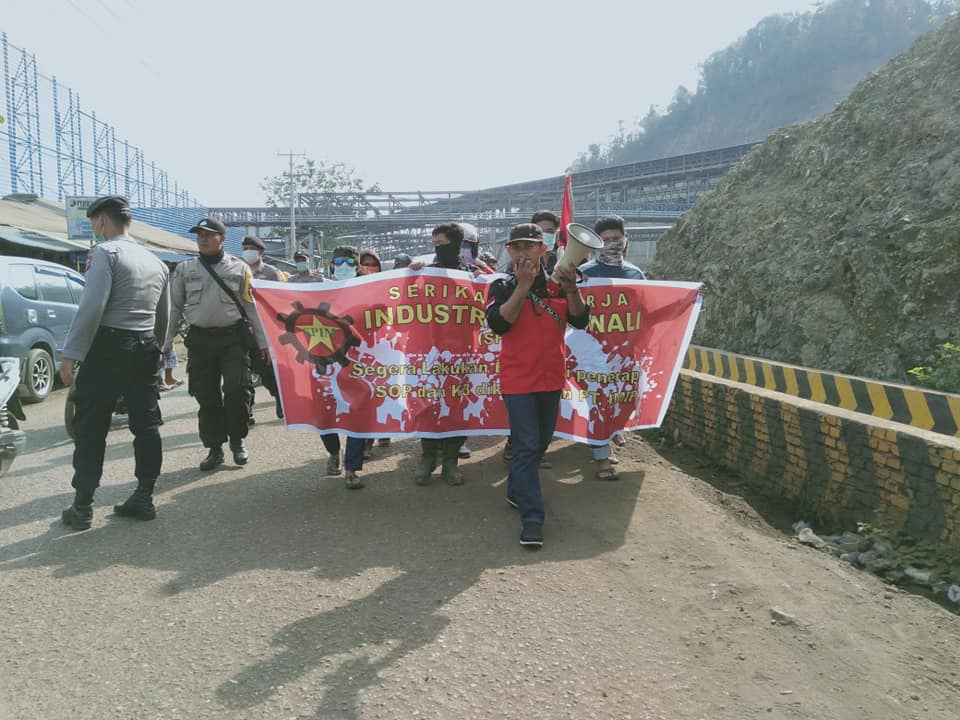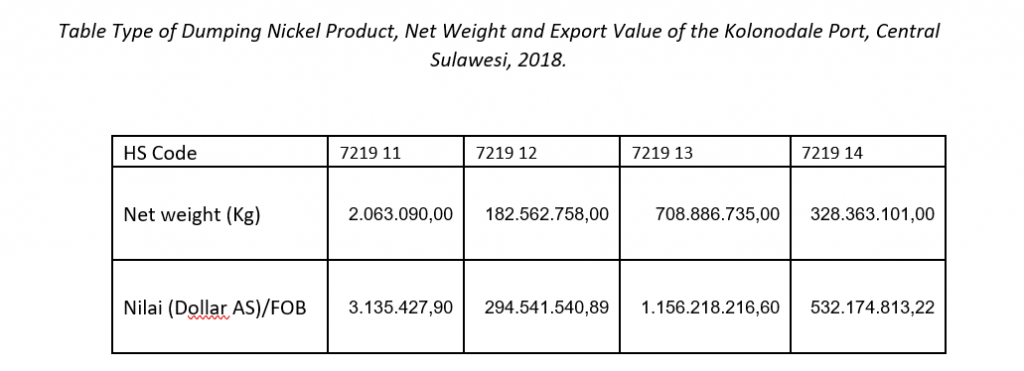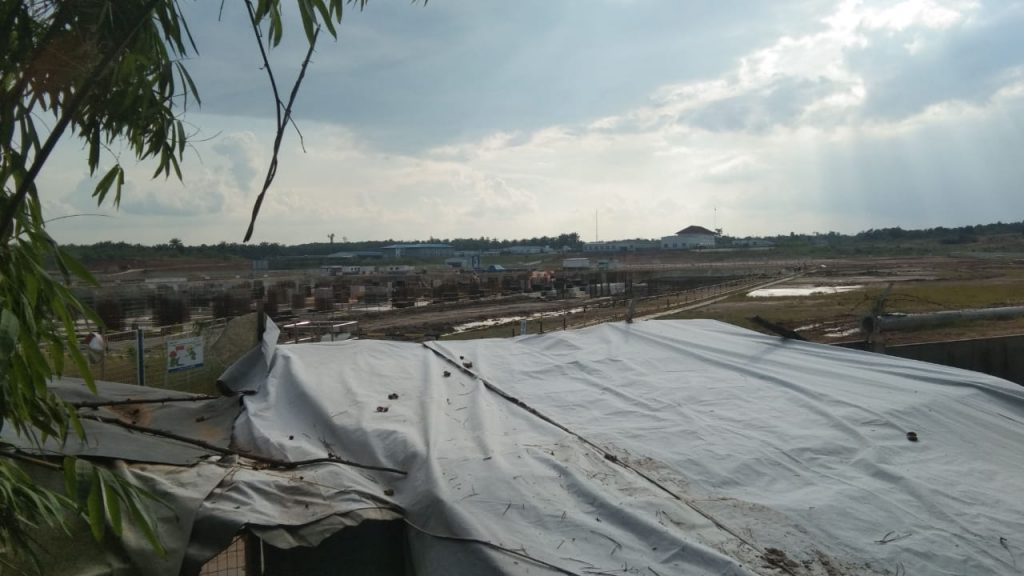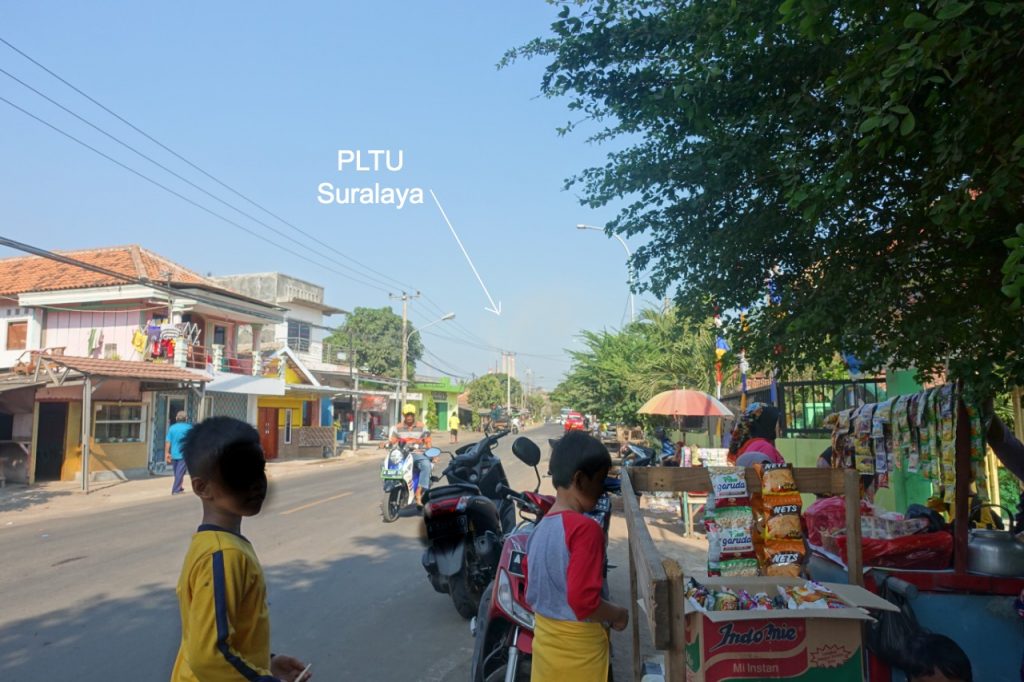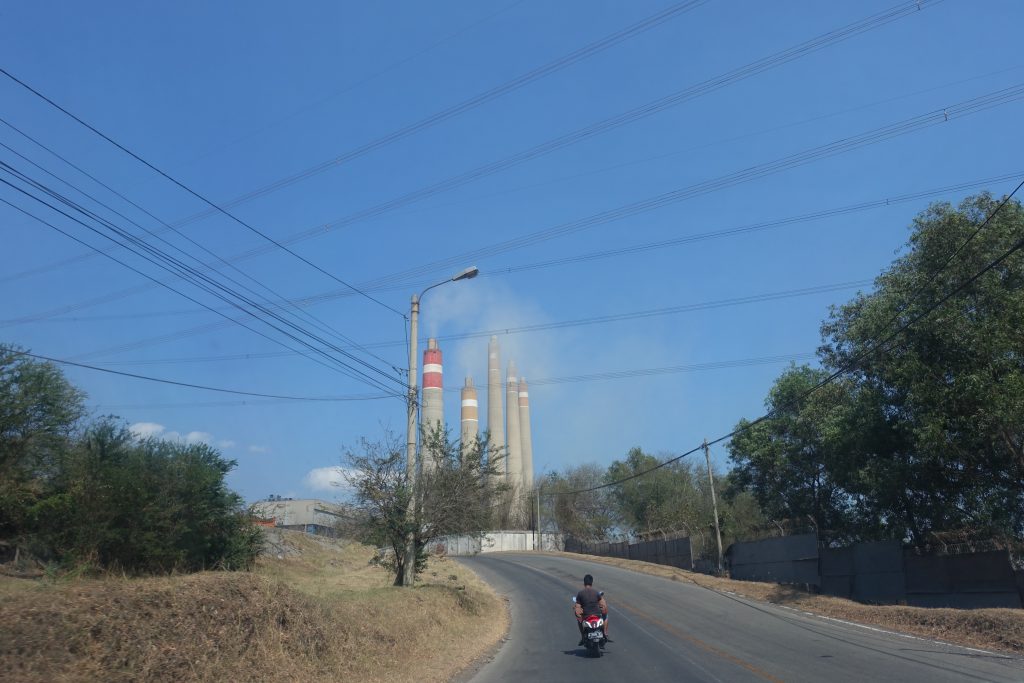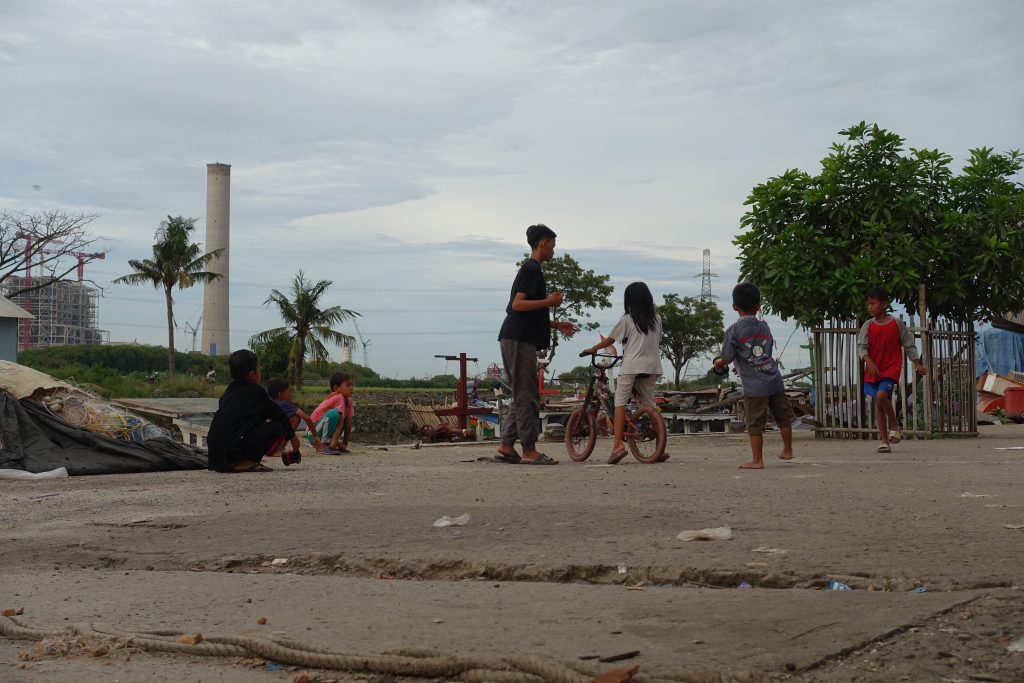Press Release Aksi Ekologi dan Emansipasi Rakyat (AEER), Jatam Sulawesi Tengah, Yayasan Tanah Merdeka
Nickel company for electric vehicle batteries, Hua Pioneer canceled the permit request disposal of tailings to the Morowali sea. Nani Hendiarti, Deputy for Management Coordination Environment and Forestry Coordinating Ministry for Maritime Affairs and investment, revealed that the withdrawal of the permit request related to the complexity of tailings impacts at the sea.
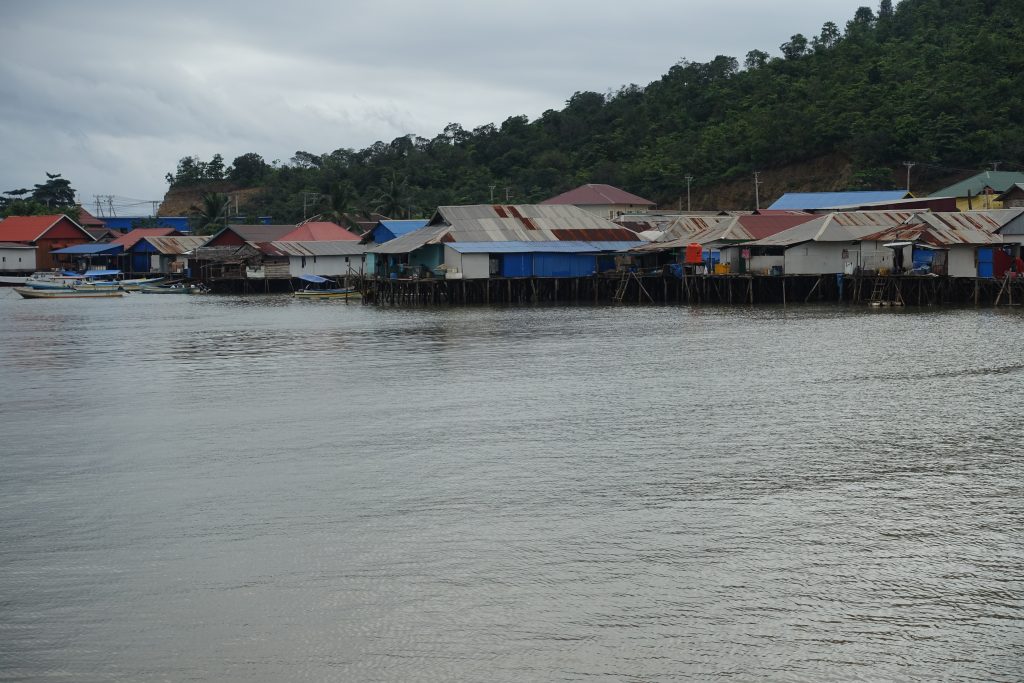
Previously, four companies that would operate in the Indonesia Morowali Industrial Park (IMIP) planned to dispose 25 million tons of tailings annually into the sea. The total investment reached USD 4.79 billion. Two of them, PT QMB New Energy Materials and PT Huayue Nickel & Cobalt, have started smelter construction since 2019. Products in the form of mixed hydroxide precipitate and nickel sulfate will used as raw material for the cathode of electric vehicle batteries.
The disposal of tailings into the sea is the least expensive method, compared to onshore management such as tailings dam or drystack. This method poses great risk to coastal ecosystems and communities. The biodiversity and function of marine ecosystems will be threatened by the injection of large volumes of tailings containing various toxic metal wastes.
Many countries have abandoned and opposed the overboard tailings disposal method. The United States and Canada prohibit this practice. Even China is included in the 51 countries supporting the prohibition of the disposal tailings practice into the sea in the International Union for Conservation of Nature Congress 2016.
Moh Taufik, Coordinator of Central Sulawesi’s JATAM stated that “the cancellation of the tailings disposal plan carried out by PT Hua Pioneer Indonesia is one of the good news for coastal communities in the coastal marine area of Morowali Regency. This will save the deep waters of Morowali coral triangle, which is the water area in the western Pacific Ocean, including Indonesia, which contains very high species diversity (nearly 600 species of coral reefs) and supports the surrounding marine biota. At least 3,000 ha of coral reefs under the sea Morowali, especially ± 710 ha in Bahodopi District, in 2018, Morowali became the highest producer of captured marine fisheries in Central Sulawesi with 34.12 kilotons, equivalent to Rp. 678.9 billion. This rich ecosystem is a habitat for many marine life including fish caught by fishermen.
From our findings also in the Central Sulawesi Regional Regulation concerning the Zoning Plan for Coastal Areas and Small Islands (RZWPK3) Number 10 of 2017, location of submarine piped water plan for tailings placement, in Fatufia Village, Bahodopi District, Morowali Regency which is planned by PT. Hua Pioneer Indonesia, not regulated in the Central Sulawesi Regional Regulation on RZWPK3 No. 10 of 2017, as stated in Article 31 paragraph (3). So, there really is no reason to carry out a tailings disposal plan, which will bring disaster to the Morowali marine coastal area.”
Since the industry developed, fishermen have to go to sea further because of the waste from coal-fired power plants and land the remaining red nickel ore is dumped into the sea where they usually catch fish. Consequently it needs more a lot of costs.
Pius Ginting, the Coordinator of AEER, stated that this step should be as an standard for other companies in Indonesia to protect Indonesia’s marine ecosystem. Currently, there are nickel companies still waiting for permits to dispose of their tailings into the sea on Obi Island. The planned volume of tailings to be disposed of is 6 million tons per year. There is an upwelling phenomenon at the disposal plan site tailings in the waters west of Obi Island, the mass of sea water rises to the surface thereby increasing the danger of tailings disposal into the sea. This practice violates the Minister of Environment and Forestry Regulation No. P.12 of 2018 which prohibits the disposal of tailings in the waters with an upwelling phenomenon. There is still little marine research the impact of tailings on deep sea ecosystems is not well known. This plan should receive special attention because it will give a dirty image to Indonesia’s nickel battery products in the global market.
Yayasan Tanah Merdeka Foundation stated that the nickel industry is expected not to pursue competitive victories by ignore local residents and the welfare of workers. Three trade union leaders were fired after organizing demonstrations demanding improvements in the quality of working conditions last August. They are Afdal (Morowali Industrial Workers Union), Sahlun Saidi (Indonesian Prosperous Labor Union Morowali), and Agus Salim (Morowali Indonesian National Workers Union Federation).
The encouragement for downstreaming through electric vehicle batteries by providing the benefits of clean air in cities should not leave a trail of destruction of marine and land biodiversity in remote areas, marginalizing the lives of local residents and workers who are not prosperous.
In addition, the nickel battery project is not a new source of carbon emissions that is contrary to the initial goal of electrifying global vehicles with the use of coal-fired power plants. The capacity of the coal-fired power plants in the IMIP area will reach 2410 MW with several units in the construction process.


